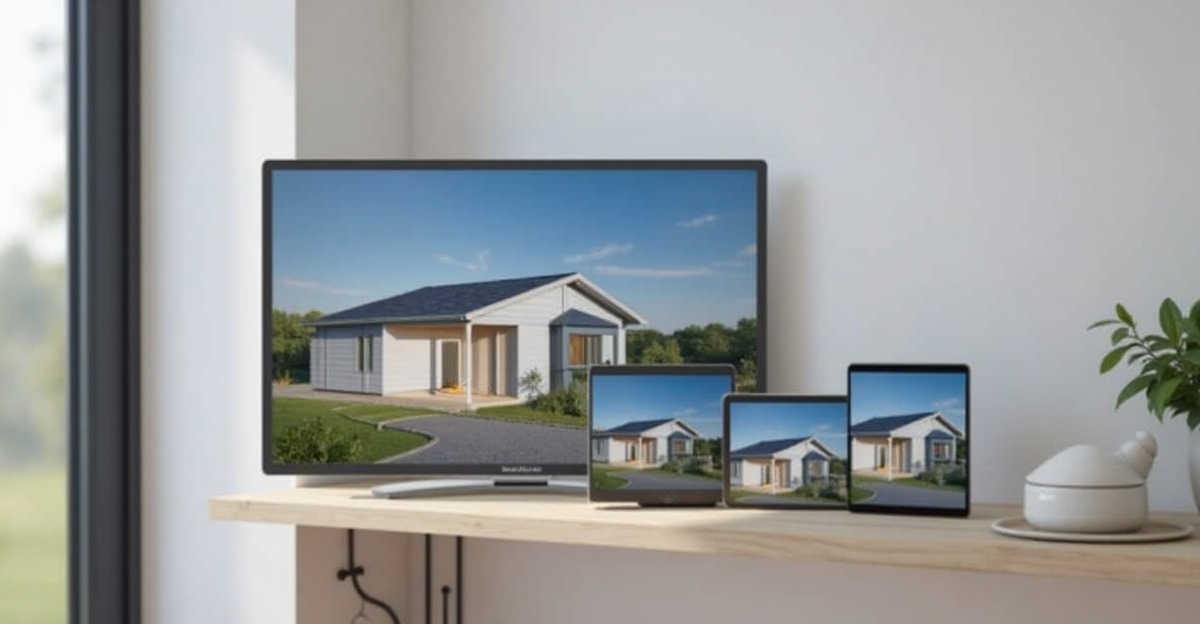The Future of Smart Home Devices: What to Expect in 2025
As we approach 2025, smart home devices are set to transform how we interact with technology in our homes. The concept of a smart home has evolved rapidly, and we anticipate new tools that will make our lives easier, more efficient, and safer.
1. Better Connectivity and Integration
The future of smart home technology relies heavily on enhanced connectivity. Devices will not only communicate with each other but also integrate seamlessly into our daily routines. Picture waking up to a smart home that has already adjusted the temperature, brewed your coffee, and played your favorite morning tunes.
By 2025, smart devices will work harmoniously across different brands, eliminating compatibility concerns for users.
2. Artificial Intelligence and Machine Learning
Artificial Intelligence, along with machine learning, will play a crucial role in smart home devices. By 2025, we can expect these systems to learn from our behaviors and adjust to our preferences. For instance, smart thermostats won’t just change temperatures based on the clock; they will learn our habits and suggest ways to save energy.
AI-driven virtual assistants will become even more intuitive, simplifying device control. These assistants will help with reminders and household tasks, making smart homes more user-friendly.
3. Increased Focus on Security
As smart home devices become more popular, security will be a top priority. By 2025, expect to see advanced security features to protect your smart home networks. Companies will implement cutting-edge security measures to safeguard your data and privacy.
Biometric technologies, such as fingerprint or facial recognition, will likely be standard in smart locks and security systems, ensuring users feel secure in their homes.
4. Sustainability and Energy Efficiency
Growing awareness of climate change will heavily influence smart home technology. By 2025, expect devices that prioritize energy conservation and utilize renewable resources.
Innovations may include solar-powered gadgets, energy monitoring systems, and smart grids to help reduce energy costs and carbon footprints. Smart irrigation systems that adjust based on weather data will also gain popularity.
5. Health Monitoring Technologies
Health monitoring will become a prominent feature of smart homes in 2025. Devices that track air quality and humidity will become commonplace.
Imagine a smart system that monitors air quality and recommends improvements or health devices that track vital signs and notify your doctor if needed. These devices will empower users to take control of their health, leading to safer living spaces.
6. Voice and Gesture Control
Improvements in natural language processing will make interacting with smart home devices more intuitive. By 2025, using voice control will feel as effortless as speaking to a friend. Smart assistants will grasp context, handle multiple tasks, and respond swiftly.
Gesture control will also become more widespread, allowing users to manage devices with simple hand movements, increasing accessibility for all.
7. Advanced Video and Home Security Options
Home security is set to improve significantly, with advanced video systems that leverage AI for monitoring. In 2025, smart cameras will use facial recognition to identify known individuals and alert homeowners to unusual activities.
Additionally, expect comprehensive home security solutions that include multiple camera views and cloud storage for easy access to footage.
8. Frequently Asked Questions (FAQ)
Q1. What are smart home devices?
Smart home devices are gadgets that connect to the internet, allowing users to control and monitor their home environment through smartphones or other connected devices. Examples include smart thermostats, lights, security cameras, and appliances.
Q2. How will AI influence smart homes by 2025?
AI will enhance the functionality of smart home devices by allowing them to learn from user behavior, automate tasks, and provide personalized experiences that adapt over time.
Q3. Will smart home devices be secure?
Yes, by 2025, advanced security features, including biometric authentication and improved data protection measures, will safeguard smart home devices against cyber threats.
Q4. What is the role of sustainability in future smart homes?
Sustainability will be a key aspect of future smart homes, with devices designed to optimize energy usage, utilize renewable resources, and assist homeowners in reducing their environmental impact.
Conclusion
The future of smart home devices looks bright, offering integrated, secure, and eco-friendly solutions by 2025. As technology advances, our ability to improve our lives through smart homes will grow. Embrace smart living and prepare for a home that meets your unique needs.
Stay updated on the latest smart home innovations and consider subscribing to our newsletter for more insights.


11 Comments